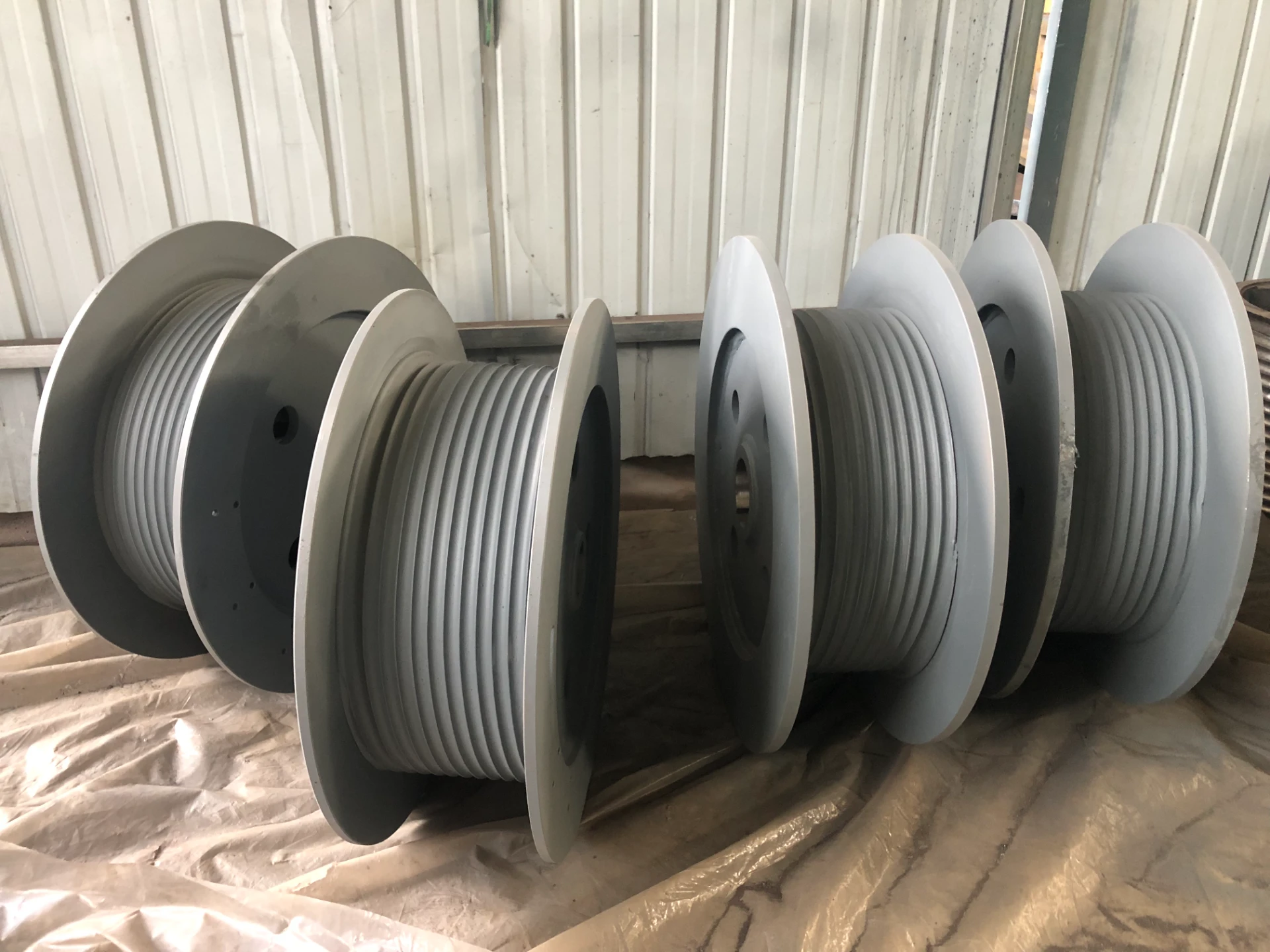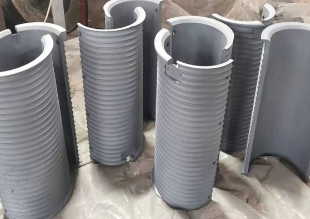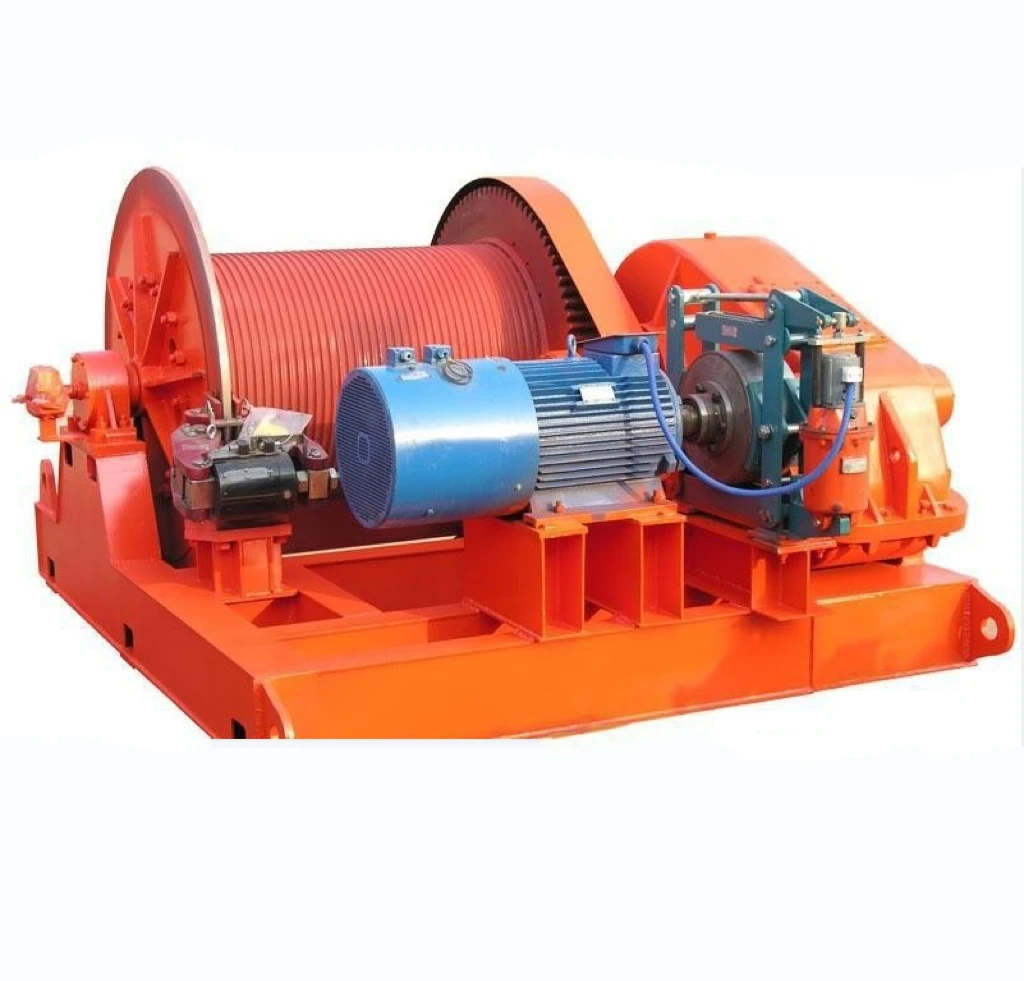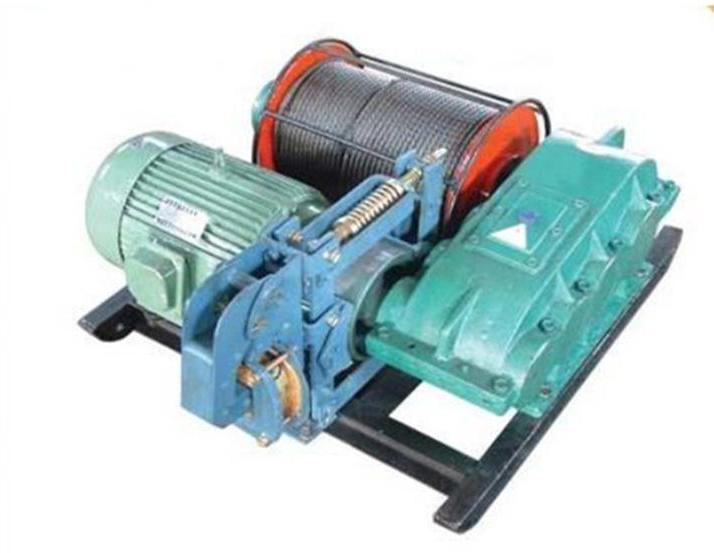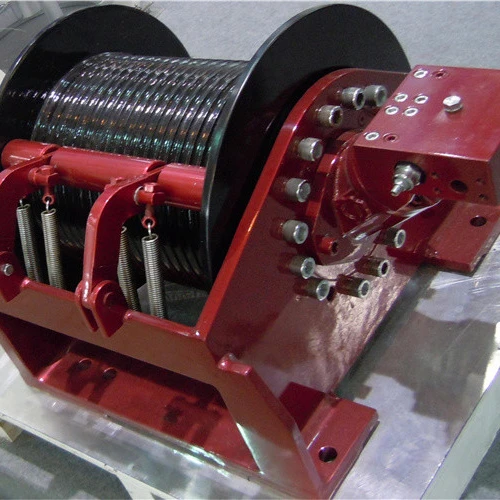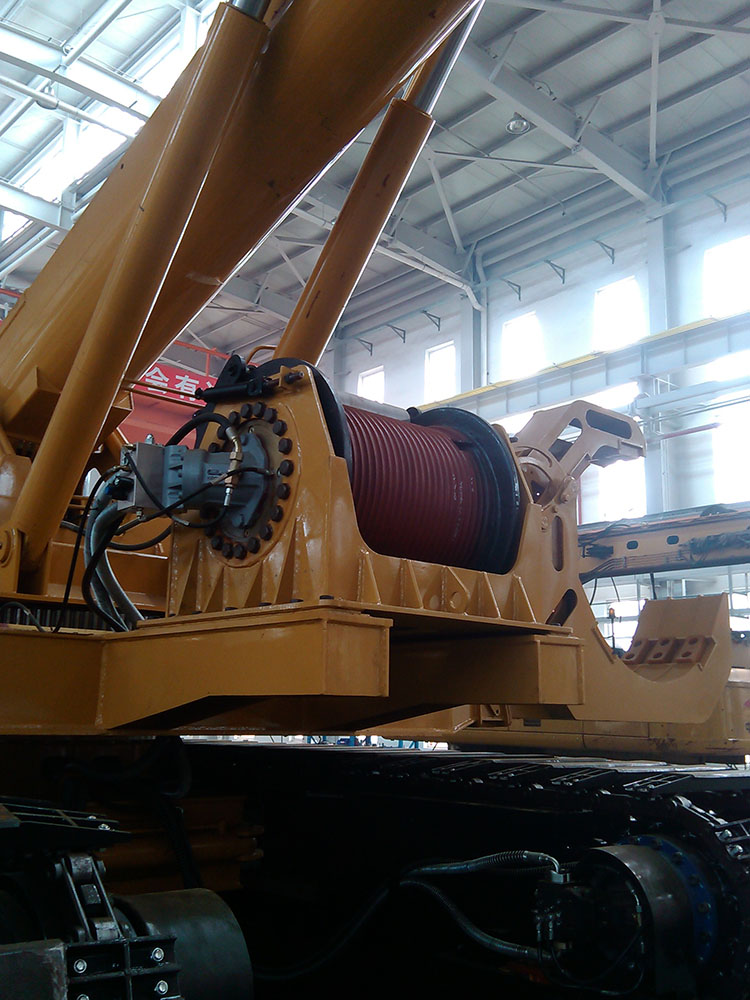Hydraulic Marine Winch – Essential Guide for Maritime Safety & Efficiency
Hydraulic Marine Winch: The Unsung Workhorse of Maritime Operations
When we think about the massive ships braving ocean storms or anchoring securely in the middle of nowhere, the hydraulic marine winch plays a quietly critical role. This piece of machinery often goes unnoticed outside the maritime and offshore industries, but understanding its role is key — not just for shipping companies but also for global industries from offshore drilling to humanitarian logistics. With the world's seaborne trade comprising over 80% of global merchandise volume (UNCTAD, 2021), trust in dependable winching systems is more than just practical — it’s essential.
Why Hydraulic Marine Winches Matter Globally
So, why is this specialized equipment making waves worldwide? The ocean’s unpredictable nature demands equipment that can operate reliably under extreme pressure, salt corrosion, and constant strain. As ports expand and offshore projects multiply, the ability to control heavy loads safely and efficiently becomes non-negotiable. Hydraulic drive systems, in particular, bring tailored torque and speed control that's all but necessary for precise operations ranging from unloading cargo to deploying scientific instruments deep below sea level.
Globally, shipping, defense, and offshore energy sectors face increasing demands for both safety and sustainability — and that’s where hydraulic marine winches step in. After all, a failed anchor or tangled cable can translate into costly delays and safety hazards. The International Maritime Organization (IMO) has detailed strict standards to ensure operational safety, and winch manufacturers continuously evolve to meet these.
Mini takeaway:
Think of hydraulic marine winches as the vital nervous system controlling muscle movements on gigantic vessels — without them, smooth, reliable maritime operations grind to a challenging, expensive halt.
Breaking It Down: What Exactly Is A Hydraulic Marine Winch?
To keep it straightforward, a hydraulic marine winch is a hoisting device powered by hydraulic fluid pressure rather than electric motors or manual cranks. It uses pressurized fluid to drive a drum or spool around which cables, ropes, or wires wind or unwind. This style of power delivery allows for fine speed and torque adjustment, which is hugely beneficial under heavy loads and in complex maneuvers.
Why is that so relevant today? Many modern maritime industries rely on these winches — think offshore oil rigs needing to lower heavy tools or anchor large ships safely. Even humanitarian relief vessels, working in disaster zones, depend on reliable hydraulic winches to deploy lifesaving equipment quickly under harsh conditions.
Mini takeaway:
- Hydraulic marine winches are essentially power-amplifiers, converting small hydraulic inputs into massive pulling or towing forces, crucial in maritime settings.
- Their smooth operation and durability stand out, especially compared to electric or manual alternatives prone to wear or failure in saltwater environments.
Core Components and Why They Matter
Durability and Corrosion Resistance
Maritime environments are merciless — saltwater corrosion and constant abrasive wear challenge any exposed metal. Manufacturers counter this by using stainless steel components, corrosion-resistant coatings, and sealed hydraulic systems to ensure longevity. This isn’t just about lasting years; it’s about avoiding sudden failures mid-operation, which could be catastrophic.
Torque Control and Power Delivery
The beauty of hydraulics lies in precise control: operators can adjust the pulling force exactly to what’s needed. This prevents damage to the line or cargo and makes positioning loads with millimeter accuracy possible. It’s a bit like having the finesse of a pianist combined with the brute strength of a weightlifter.
Scalability and Customization
Companies often need winches of wildly different sizes and strengths — from small boats to massive offshore drilling platforms. Luckily, hydraulic winches can be scaled and customized in terms of drum size, pulling capacity, motor strength, and even remote operation capabilities.
Safety Features
Braking systems, automatic overload protection, and fail-safe locks are par for the course. After all, no one wants a snapped cable or uncontrolled load descending on deck. Many newer systems integrate sensors and alarms to alert operators instantly of any issues.
Portability and Installation
While most hydraulic marine winches are permanently installed, some are designed for portable deployment, a critical factor in emergency and relief work where rapid setup is needed.
Mini takeaway:
In essence, these core aspects combine to make the hydraulic marine winch a dependable, flexible, and safe tool — tailored for the slick demands of the global marine environment.
How Does the Hydraulic Marine Winch Serve the World?
Across sectors and continents, these winches turn up. In hydraulic marine winch deployments, you’ll commonly see:
- Offshore Oil and Gas: Maintaining drilling platforms needing massive anchor handling systems in the North Sea or Gulf of Mexico.
- Commercial Shipping: Handling cargo, mooring operations, or adjusting sails and rigging, especially in large container ships crossing Asia-Europe trade routes.
- Naval and Coast Guard Use: Quick deployment for search and rescue operations or towing disabled vessels safely to port.
- Humanitarian Aid: In tsunami or hurricane-hit regions, where ships bring emergency supplies and equipment, hydraulic winches ensure swift unloading and reloading.
One recent example comes from a relief project in Southeast Asia, where hydraulic winches were deployed on vessels delivering emergency shelters after flooding. Their dependable operation under intermittent power supplies and rough seas proved invaluable.
Mini takeaway:
Whether it’s a giant tanker or a small rescue vessel, hydraulic marine winches quietly enable critical maritime operations worldwide.
Advantages & Long-Term Value
- Cost Efficiency: Hydraulic systems, despite a higher upfront cost than some electric models, run longer with less maintenance — a profound saving when downtime means lost revenue.
- Sustainability: Modern hydraulic winches incorporate eco-friendly fluids and are designed with energy efficiency in mind — aligning with IMO’s drive toward green shipping practices.
- Safety and Worker Confidence: Knowing the gear won’t fail unexpectedly provides peace of mind and improves crew morale, translating into smoother voyages.
- Reliability Under Pressure: The marine environment is unpredictable; winches that perform under all conditions foster trust across the maritime community.
Future Trends & Innovations
We’re seeing exciting moves toward integrating smart sensors for real-time status monitoring, predictive maintenance using AI algorithms, and lightweight composite materials that reduce the overall vessel weight — improving fuel economy. Meanwhile, greener hydraulic fluids and solar-powered auxiliary systems underscore a shift to environmentally responsible marine tech.
Challenges & Solutions
No technology is perfect. Hydraulic marine winches can be complex to maintain, require skilled technicians, and the initial investment is non-trivial. That said, modular designs and increasingly intuitive interfaces ease operator training. Remote diagnostics and doubled safety protocols reduce the risk of catastrophic failure.
Moreover, collaborations between manufacturers and ship operators foster practical solutions, balancing customization with standardization — because, frankly, one size rarely fits all at sea.
Product Specification Table
| Specification | Standard Model | Heavy-Duty Model |
|---|---|---|
| Pulling Capacity | 25 kN | 80 kN |
| Drum Diameter | 500 mm | 900 mm |
| Weight | 600 kg | 1,800 kg |
| Max Operating Pressure | 200 bar | 350 bar |
| Brake Type | Hydraulic disc | Hydraulic multi-disc |
Vendor Comparison Table
| Vendor | Customization Options | Warranty Period | Global Support Network | Average Lead Time |
|---|---|---|---|---|
| MarineTech Solutions | High (Drum size, pull force, remote control) | 3 years | Yes (Asia/EU/US) | 8–10 weeks |
| OceanGear Inc. | Medium (Standard components with modular upgrade kits) | 2 years | Yes (EU/US) | 6–8 weeks |
| Nautical Systems Co. | Low (Focus on standard products, few customizations) | 1 year | Limited (Regional focus) | 4–6 weeks |
Frequently Asked Questions About Hydraulic Marine Winches
Q1: How does a hydraulic marine winch differ from an electric winch in marine environments?
A1: Hydraulic marine winches excel in providing variable torque and smoother control, making them more reliable in harsh saltwater conditions where electric motors may suffer corrosion and overheating. They also handle heavier loads more efficiently, which is why they're preferred for large ships and offshore applications.
Q2: What maintenance routines keep a hydraulic marine winch operating optimally?
A2: Regular hydraulic fluid checks, system pressure monitoring, drum inspection for wear, cable condition assessments, and ensuring seals remain intact are critical. Many operators follow monthly or quarterly schedules, supported by sensor alerts in newer models to predict issues before breakdowns occur.
Q3: Can hydraulic marine winches be customized for specialized marine operations?
A3: Absolutely. Manufacturers often customize drum sizes, pulling capacities, control interfaces, and safety mechanisms to fit unique applications, whether it's deep-sea exploration or rapid disaster relief deployment. Collaborating early with suppliers ensures the winch fits the vessel’s precise needs.
Q4: Are hydraulic marine winches environmentally friendly?
A4: Modern hydraulic systems increasingly incorporate biodegradable hydraulic fluids and energy-efficient designs. Though they still require proper disposal and maintenance, overall advancements align with the maritime industry’s push toward sustainability.
Q5: How quickly can a hydraulic marine winch be deployed in rescue operations?
A5: Deployment speed depends on the system design; portable models can be operational within minutes, while larger installed systems might take longer setup. However, hydraulic winches offer superior responsiveness and reliability, critical to time-sensitive rescue efforts.
Wrapping It Up: Why You Should Care About Hydraulic Marine Winches
From safety to sustainability to sheer force, the hydraulic marine winch stands as a quiet cornerstone of modern maritime operations. It’s not flashy, but it’s indispensable — the kind of behind-the-scenes hero every sailor, engineer, and relief worker trusts. If you’re considering maritime equipment upgrades or simply intrigued by the mechanical wonder powering our oceans of commerce and aid, exploring hydraulic winches is a smart move.
Interested to learn more or need expert guidance? Visit our website at https://www.lbswinch.com for detailed specs, vendor consultations, and custom solutions tailored to your maritime challenges.
References:
-
Double Drum Hydraulic Winch – Durable, Efficient Load Handling SolutionsNewsNov.25,2025
-
Hydraulic Drum Winches: Powering Heavy Lifting with Precision and DurabilityNewsNov.24,2025
-
Hydraulic Driven Winch – Reliable Heavy Lifting Solutions for Industry & ReliefNewsNov.24,2025
-
Hydraulic Crane Winch – Powerful & Precise Heavy Lifting Solutions | LBS WinchNewsNov.23,2025
-
Electric Over Hydraulic Winch: Efficient, Durable Lifting Solutions for Modern IndustryNewsNov.23,2025
-
Hydraulic Logging Winch Guide | Global Applications & InnovationsNewsNov.22,2025


